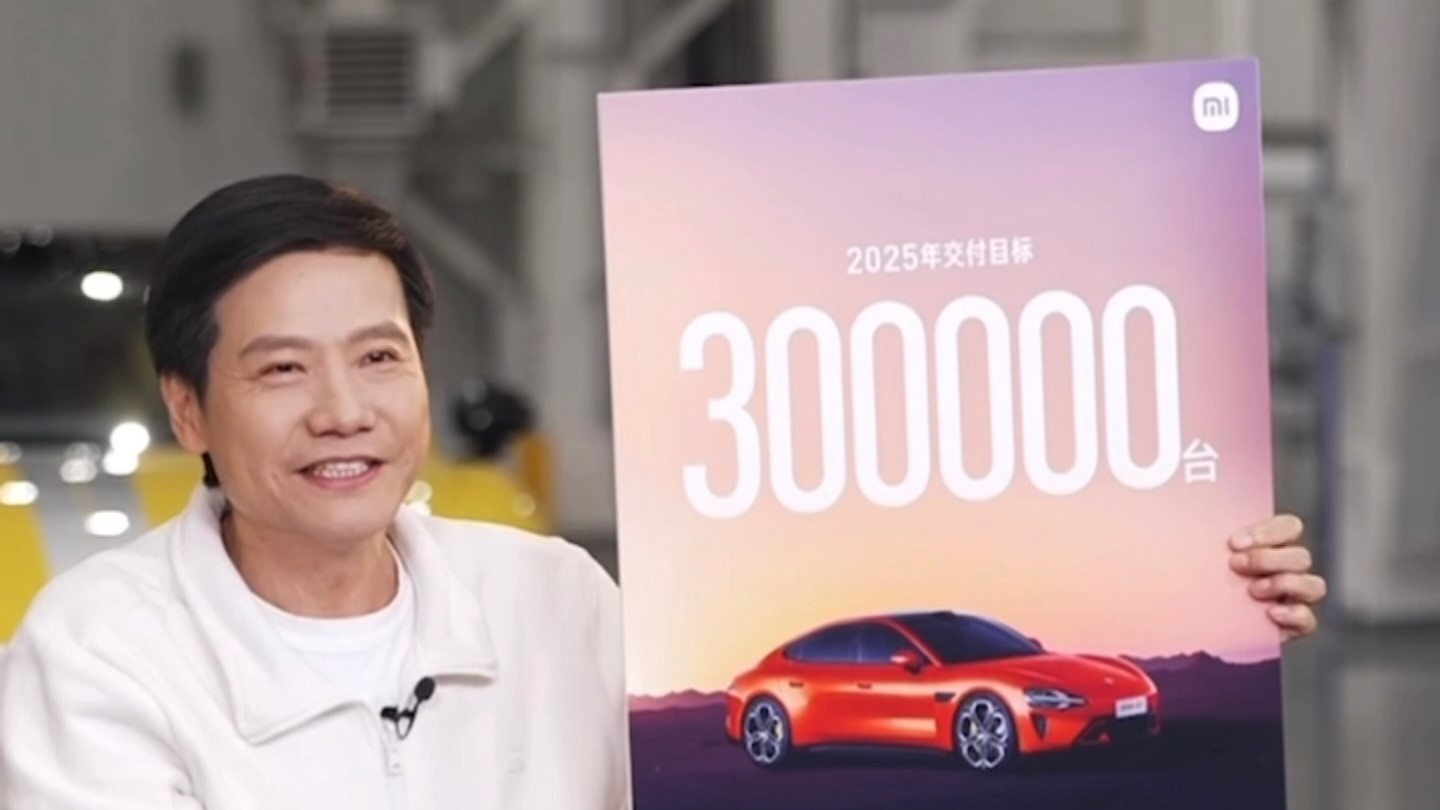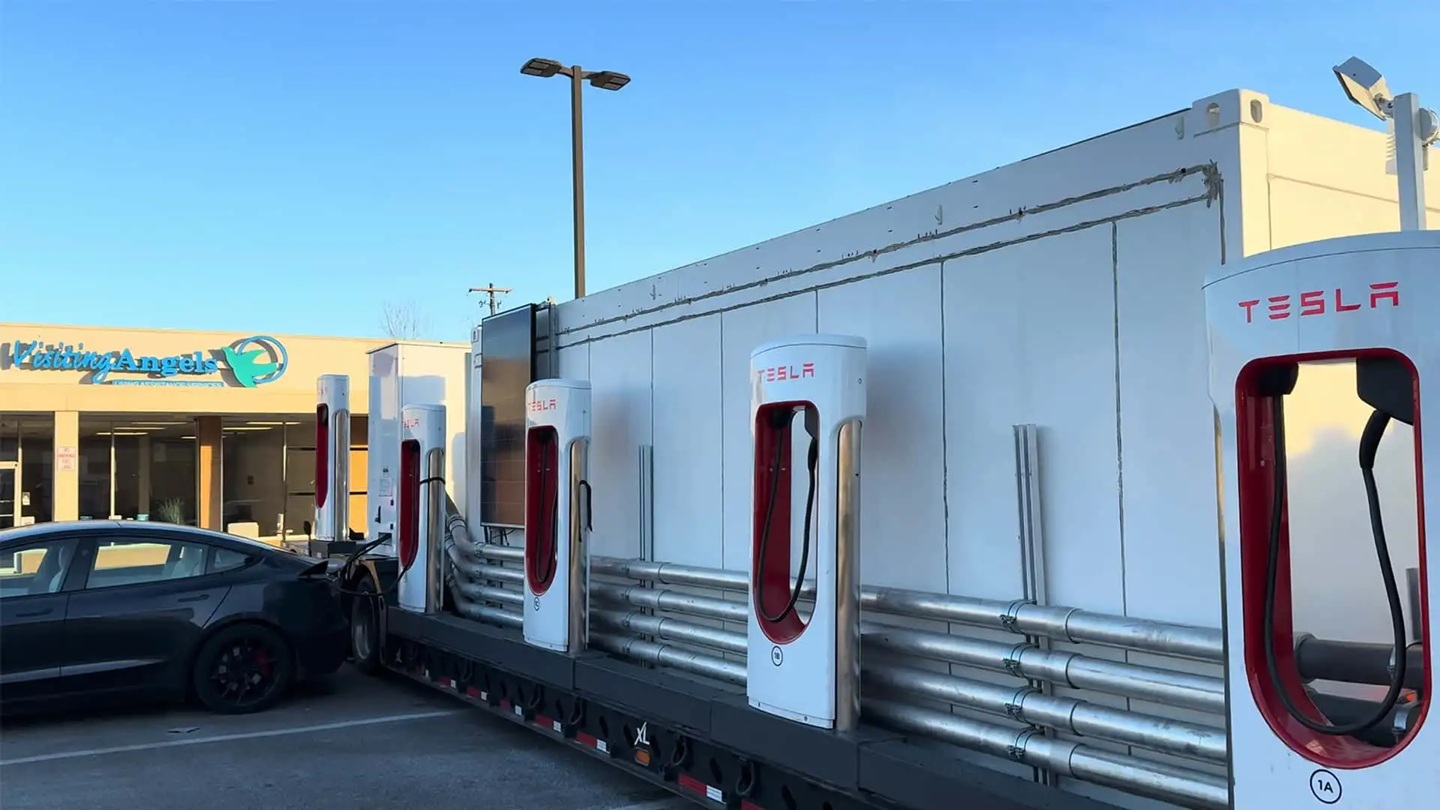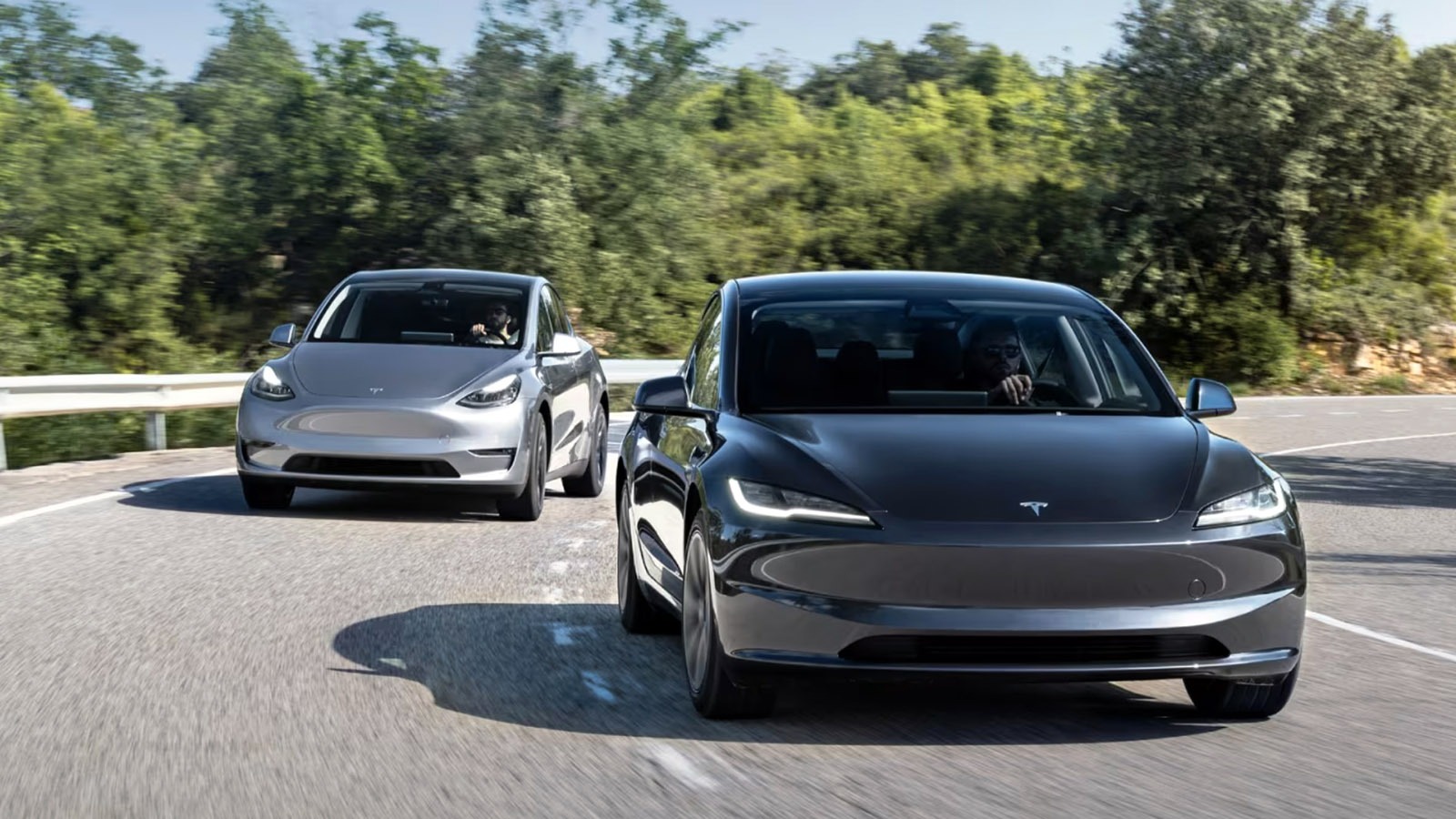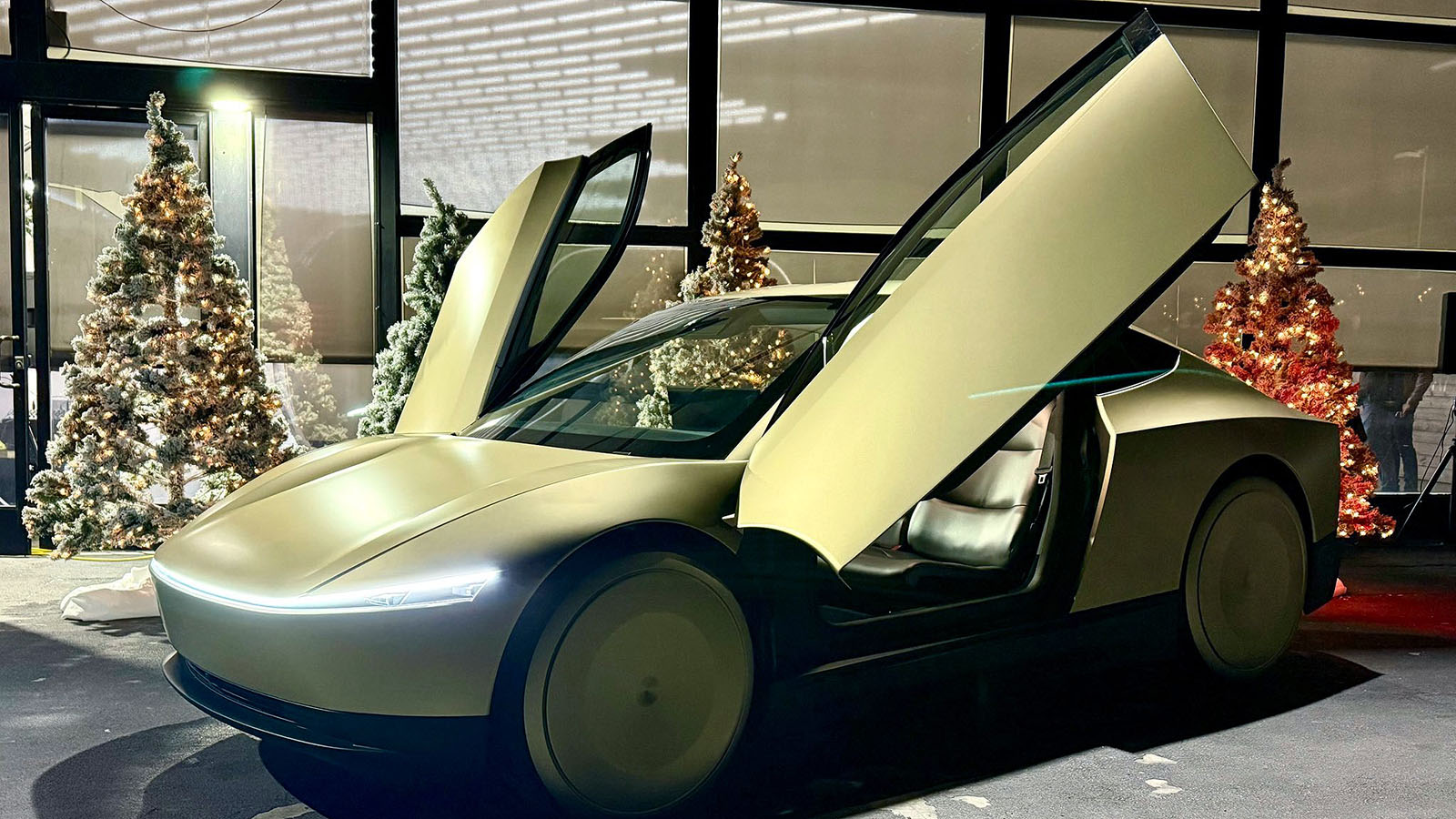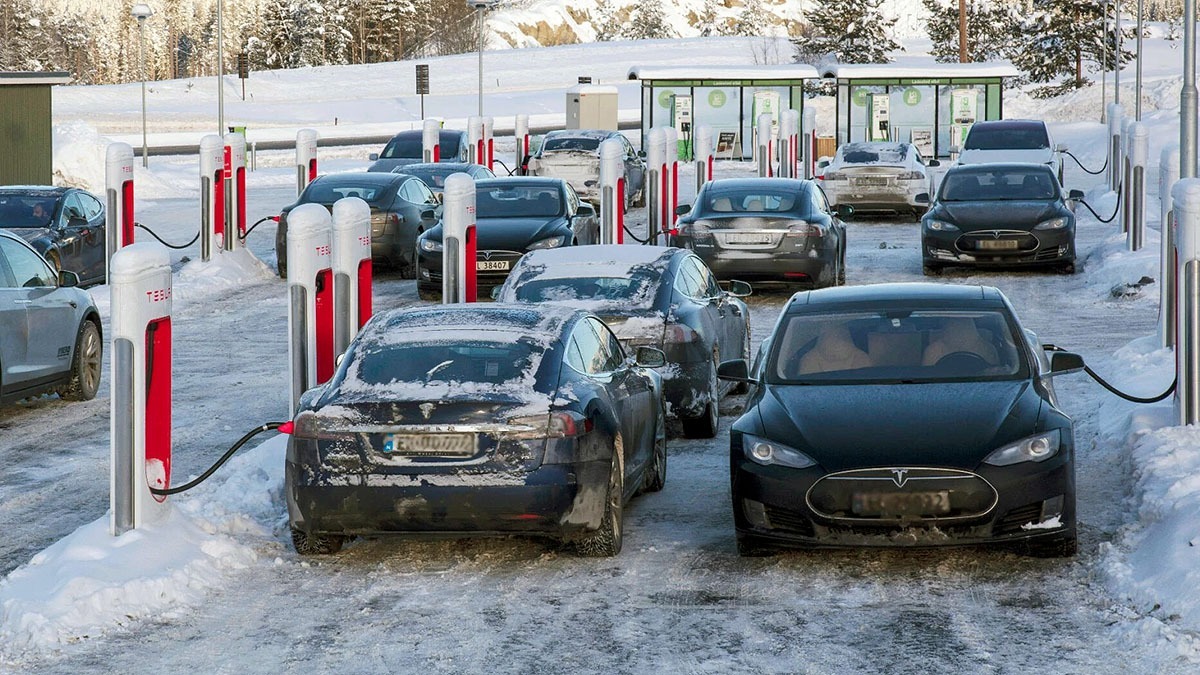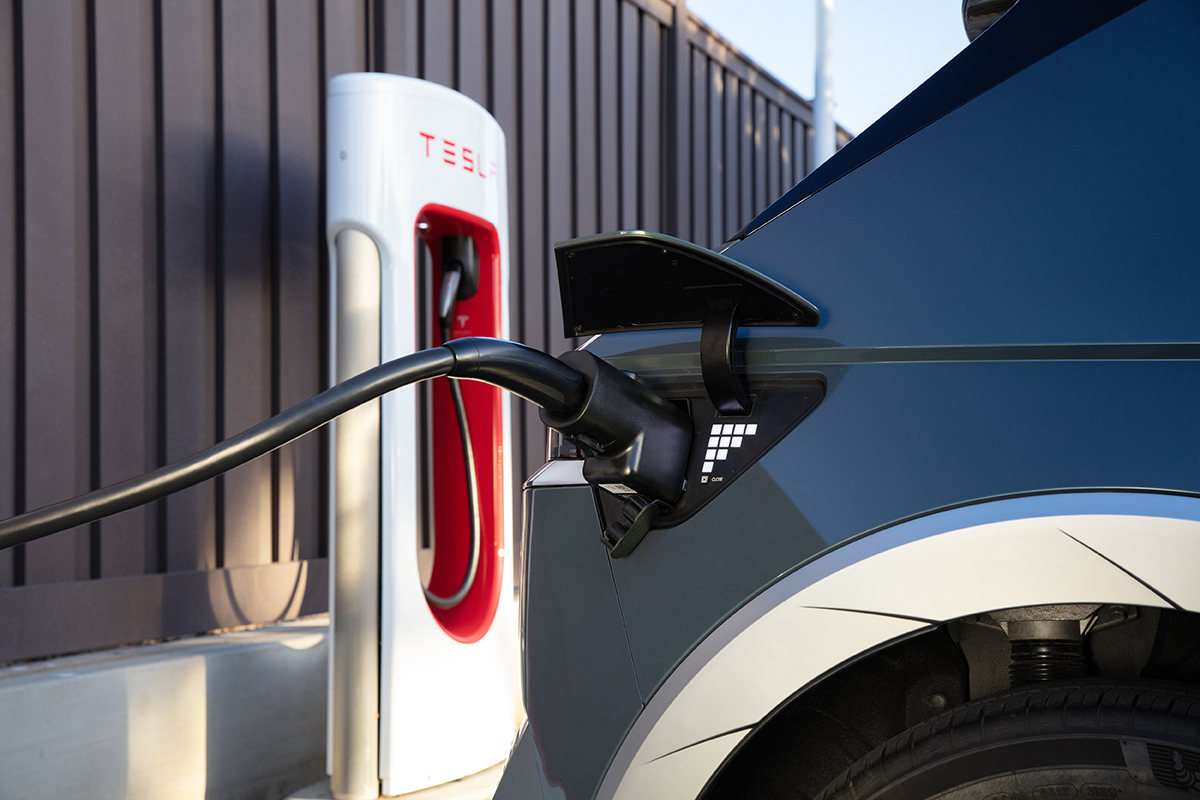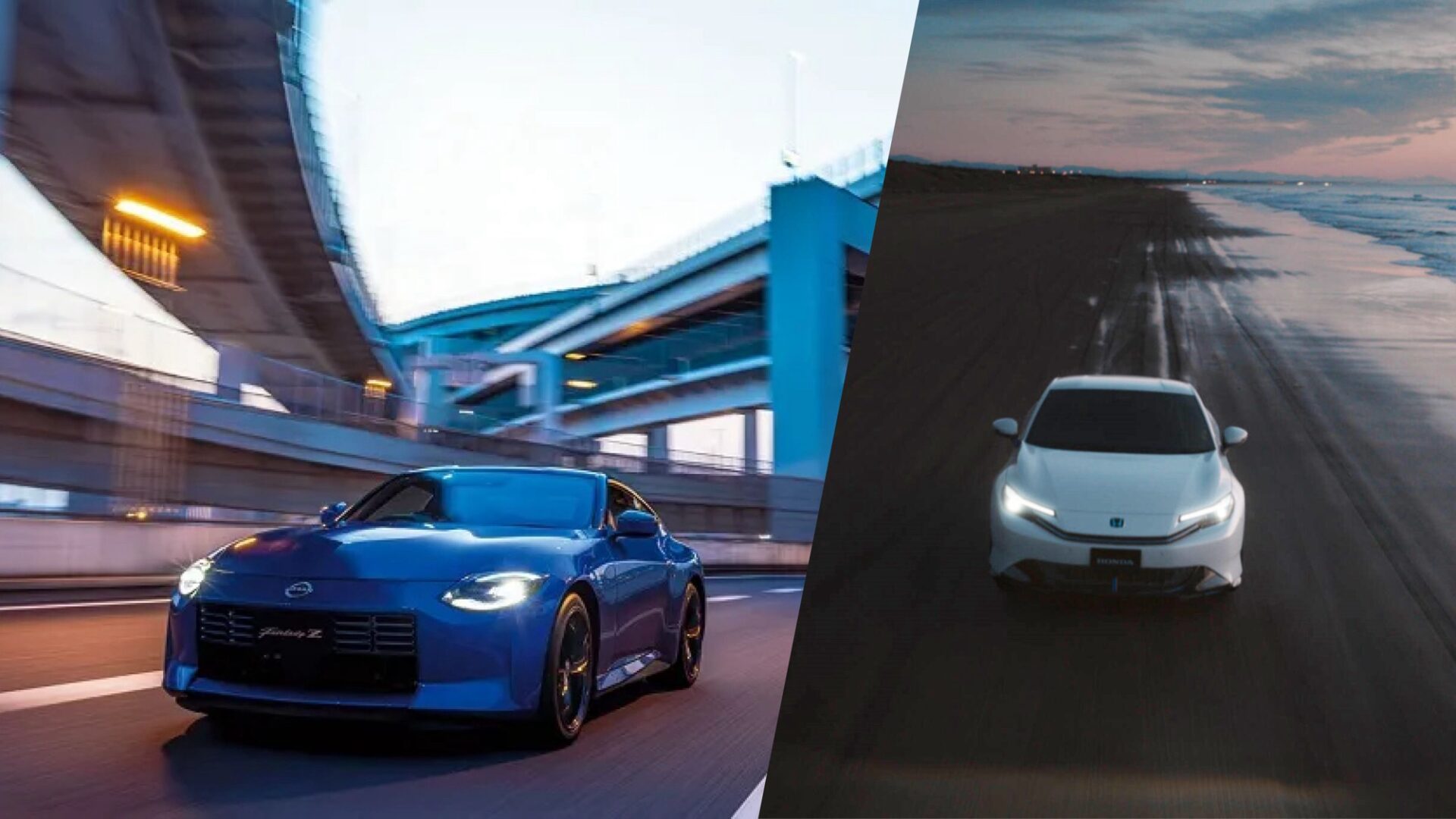After previously providing free trials of its Full Self-Driving (Supervised) service exclusively for inventory vehicles, and later extending the promotion to include free Supercharging for new purchases across its fleet, Tesla is now offering FSD trials at no cost.
Free FSD Subscriptions for Model Y Owners
Some owners of the Model Y are now receiving a complimentary month of the FSD subscription to experience the autonomous driving feature, which has recently been updated to its 13th version, introducing numerous enhancements in parking and traffic awareness.
“You have been granted a complimentary trial of Full Self-Driving (Supervised) for your Model Y,” Tesla’s holiday message states, explaining the functionalities of FSD and how to navigate the additional trial period.
Limited Offer for Newer Models
Interestingly, this offer also applies to current FSD subscription users, who can enjoy the service without the usual $99 monthly charge during the trial. However, the invitations are primarily sent to owners of newer Model Y batches equipped with Tesla’s latest AI4 hardware, leaving many Model Y owners in the US, who still have the HW3 kit, unable to access FSD 13 at this time.
Tesla has assured that free HW4 upgrade retrofits will be available if it cannot get the latest FSD versions to operate on the older Hardware 3.0 platform. Until then, most owners of Model Y or Model 3 will miss out on the newest advancements that the self-driving software can provide.
A Strategic Move Towards Approval
This initiative clearly aims to enhance the popularity of the latest FSD 13 version, as Tesla requires intervention data to present to regulators in its effort to eliminate the “supervised” aspect of its paid Full Self-Driving service.
Elon Musk has stated that unsupervised FSD is expected to launch in 2025, starting in Texas and California for existing models, before Tesla rolls out its driverless Robotaxi on public streets.
Future of Tesla’s Ride-Share Service
Reports indicate that Tesla’s Cybercab ride-share service will initially utilize company-owned vehicles, including Robotaxis, while current Tesla owners will have the opportunity to rent their cars to the service for extra income in the future.
Musk has also suggested that he might use his position as the head of the newly established Department of Government Efficiency (DOGE) under the upcoming Trump administration to lead the way in federal regulations for autonomous vehicles.
This would streamline the approval process for self-driving cars on public roads, according to Musk. Additionally, Tesla is collaborating at both state and city levels, including training first responders to handle situations that could arise from its driverless vehicles, such as the Robotaxi when they become more prevalent on the streets.
Source: Link

